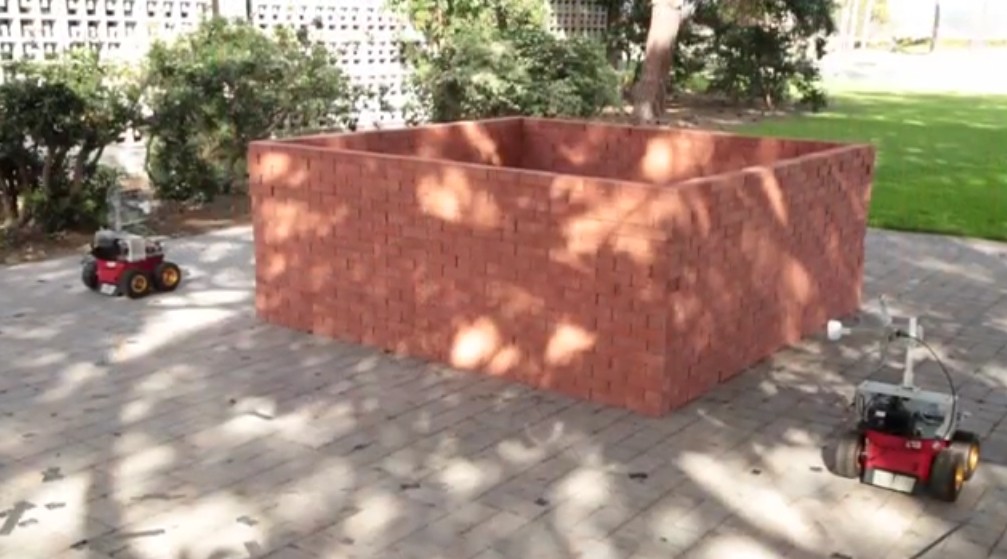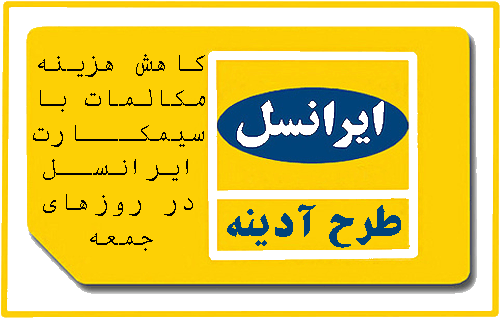استفاده ی روبات ها از Wi-Fi برای ترسیم فضای پشت دیوار
سایت مرجع
سایت مرجع
August 6th, 2014, 06:42 GMT · By Sebastian Pop
Robotic science is always advancing, like every other type of technology in the world. The latest advancement in this field comes from the laboratories of the University of California, Santa Barbara.
Most of us who know who Superman is have dreamed at least once, or at least wished, that we possessed some or all of his supernatural abilities.
Flight and super strength probably figure most prominently, but the others get their turn often enough. Ironically, the ones least coveted have proven to be the easiest to reproduce via technological means.
Case in point, a team from the University of California, Santa Barbara, has introduced a pair of robots that can use Wi-Fi to see through solid objects ( http://www.ece.ucsb.edu/~ymostofi/SeeThroughImaging.html ) .
They can't do it alone, but if one of the robots is on the outside of a wall, then the one behind it should be able to “see” the space before it.
All thanks to an exploit applied to what is normally a disadvantage of wireless communications technologies: signal strength loss.
You see, Wi-Fi signals become weaker when they pass through walls and other objects. So when the robot on the outside of a wall sends data to the one “looking” through it, the latter distinguishes between empty and occupied spaces thanks to the strength difference. The data is compiled into a sort of map of the area.
All this using solely Wi-Fi, instead of a bunch of sensors like previous attempts at X-Ray vision-endowed contraptions.
The two new robots could be used in search and rescue operations, especially in getting people out of collapsed buildings. Fires are a bit iffier, since the bots aren't the most resilient things around. Heat tends to melt the insulation off wires, and the new robots aren't particularly shielded against flames. Future models might be though.
Anyway, the robots should be possible to outfit with technology that can “recognize” the objects or living things in the so-called field of view. The uses will truly skyrocket then and their value in search and rescue will go up. It's one thing for the search bot to know which way to head when leading someone out of a collapsing block, and another for the robot to know where the people in need of saving are.
The video embedded below, courtesy of Mostofi Lab, will show the new robots in action and explain how they build a map of a small area bordered by brick walls.
Robotic science is always advancing, like every other type of technology in the world. The latest advancement in this field comes from the laboratories of the University of California, Santa Barbara.
Most of us who know who Superman is have dreamed at least once, or at least wished, that we possessed some or all of his supernatural abilities.
Flight and super strength probably figure most prominently, but the others get their turn often enough. Ironically, the ones least coveted have proven to be the easiest to reproduce via technological means.
Case in point, a team from the University of California, Santa Barbara, has introduced a pair of robots that can use Wi-Fi to see through solid objects ( http://www.ece.ucsb.edu/~ymostofi/SeeThroughImaging.html ) .
They can't do it alone, but if one of the robots is on the outside of a wall, then the one behind it should be able to “see” the space before it.
All thanks to an exploit applied to what is normally a disadvantage of wireless communications technologies: signal strength loss.
You see, Wi-Fi signals become weaker when they pass through walls and other objects. So when the robot on the outside of a wall sends data to the one “looking” through it, the latter distinguishes between empty and occupied spaces thanks to the strength difference. The data is compiled into a sort of map of the area.
All this using solely Wi-Fi, instead of a bunch of sensors like previous attempts at X-Ray vision-endowed contraptions.
The two new robots could be used in search and rescue operations, especially in getting people out of collapsed buildings. Fires are a bit iffier, since the bots aren't the most resilient things around. Heat tends to melt the insulation off wires, and the new robots aren't particularly shielded against flames. Future models might be though.
Anyway, the robots should be possible to outfit with technology that can “recognize” the objects or living things in the so-called field of view. The uses will truly skyrocket then and their value in search and rescue will go up. It's one thing for the search bot to know which way to head when leading someone out of a collapsing block, and another for the robot to know where the people in need of saving are.
The video embedded below, courtesy of Mostofi Lab, will show the new robots in action and explain how they build a map of a small area bordered by brick walls.
© Copyright 2012 oonternet.com












 ---
---
